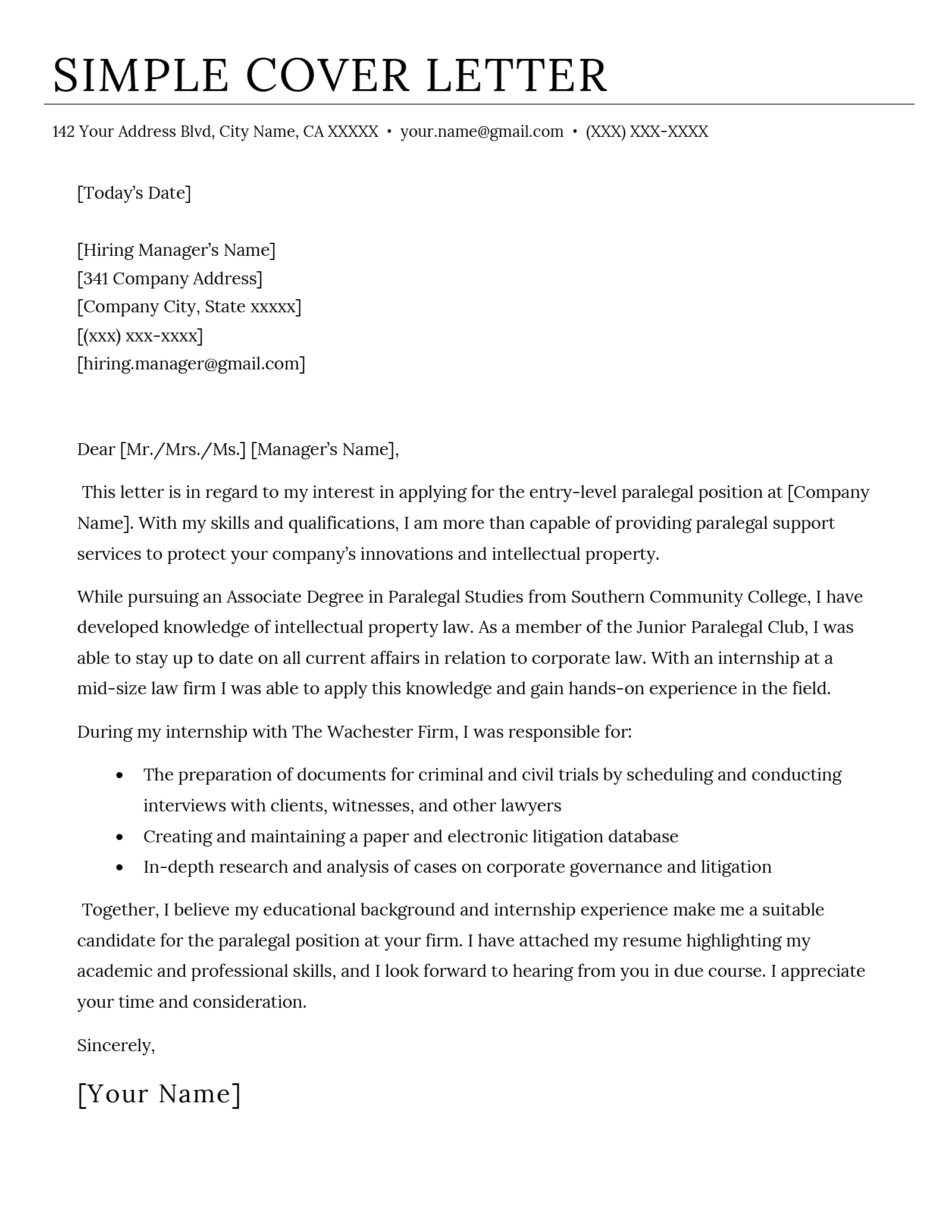What is a Cover Letter
A cover letter is a crucial document that accompanies your resume when applying for a job. It serves as an introduction, providing the hiring manager with a snapshot of your qualifications, skills, and experience. More than just a formality, a well-crafted cover letter can significantly increase your chances of landing an interview. It’s your opportunity to make a positive first impression and demonstrate why you are the perfect fit for the role and the company. It is an essential part of your job application and should be treated with the same care and attention to detail as your resume. It is a powerful tool in your job search arsenal.
The Purpose of a Cover Letter
The primary purpose of a cover letter is to introduce yourself to a potential employer and express your interest in a specific job. It allows you to elaborate on the information provided in your resume, highlighting your relevant skills and experiences in more detail. Your resume provides a summary, but the cover letter lets you tell a story, explaining how your background aligns with the job requirements and the company’s values. Think of it as a personal sales pitch, showcasing what you bring to the table and why the employer should consider you for an interview. A well-written cover letter also shows you have researched the company and understand the position, demonstrating your genuine interest.
Why is a Cover Letter Important
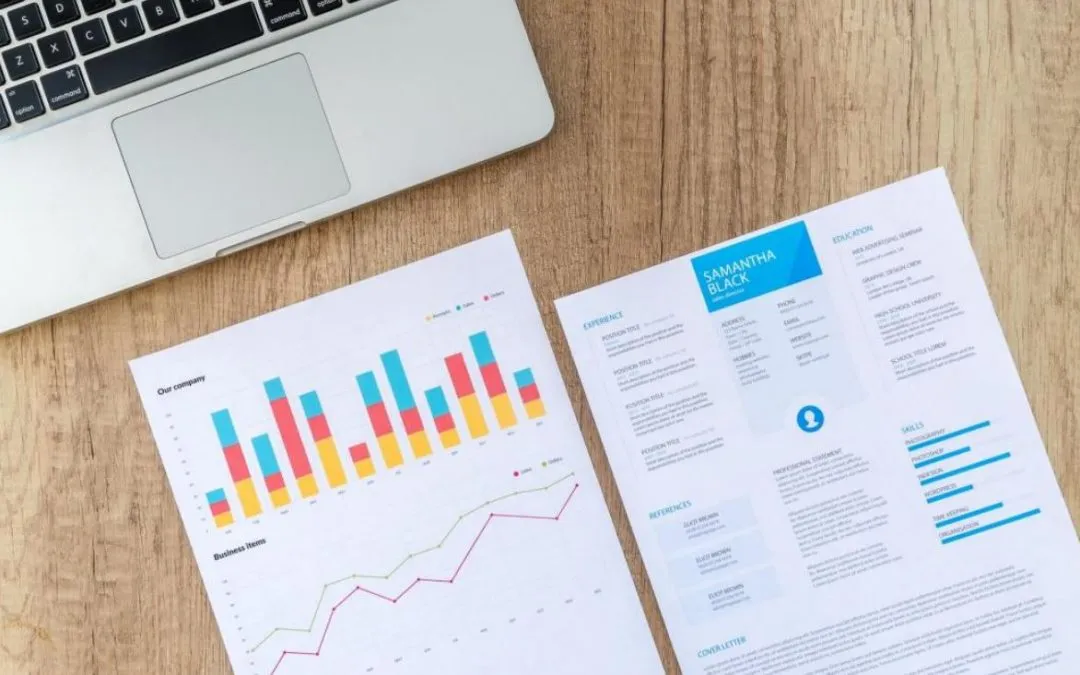
In today’s competitive job market, a cover letter is often a necessity. It provides an excellent opportunity to differentiate yourself from other candidates. While your resume lists your qualifications, a cover letter allows you to showcase your personality, writing skills, and communication abilities. It shows you’ve taken the time to personalize your application and are genuinely interested in the opportunity. Many hiring managers use cover letters as a screening tool, and a poorly written or generic one can quickly lead to your application being rejected. A strong cover letter complements your resume, strengthening your overall application and increasing your chances of getting noticed.
Cover Letter Format
The format of your cover letter is just as important as the content. A well-formatted cover letter is easy to read and visually appealing, making a positive first impression. It should be concise, typically fitting on a single page, and use a professional and consistent font. Using a clear and organized structure ensures your message is effectively conveyed. Proper formatting demonstrates your attention to detail and respect for the hiring manager’s time. Following a standard format also helps you organize your thoughts and present your information logically, making it easier for the reader to understand your qualifications and why you’re a good fit.
Header Section
The header section sets the stage for your cover letter. It includes your contact information and the date, as well as the recipient’s information. This ensures the hiring manager knows how to reach you. Ensure your contact information is current and accurate, including your full name, phone number, email address, and optionally, your LinkedIn profile URL. The date should be the date you’re sending the letter. This section should be neat and professional. Proper formatting in this section shows you pay attention to details.
Your Contact Information
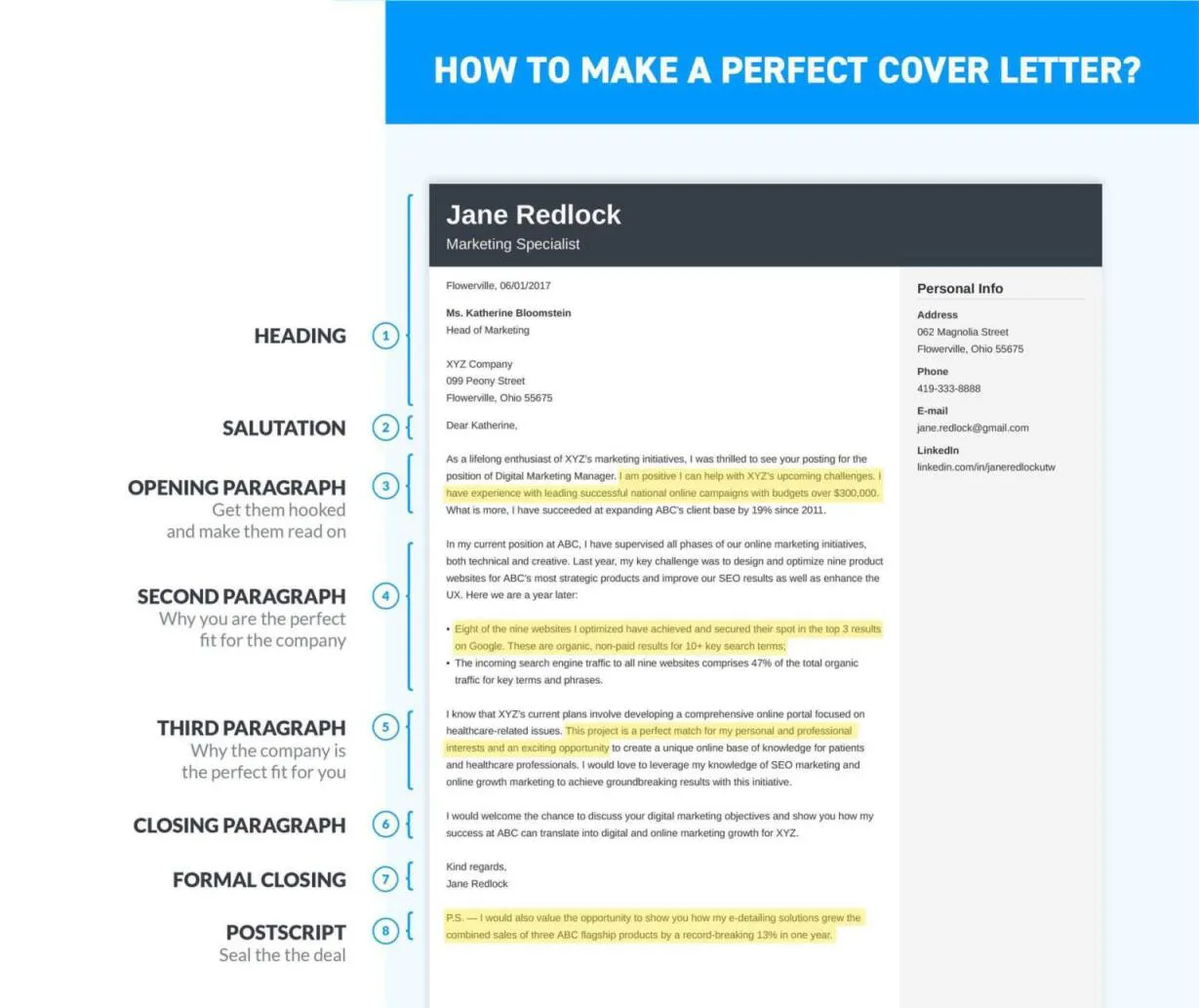
Your contact information should be at the top of your cover letter. Include your name, address, phone number, and email address. Make sure your email address is professional. Using a professional email address that includes your name is very important. Check that your phone number is correct and your voicemail is set up professionally, as you’ll want to be ready to receive calls if they reach out.
Date and Recipient’s Information
Below your contact information, include the date you are writing the cover letter. Next, include the recipient’s information, which should include the hiring manager’s name, title, the company name, and the company’s address. If you are unsure of the hiring manager’s name, try to find it on the company’s website or LinkedIn. Addressing the letter to a specific person personalizes your cover letter. Always research and ensure you have accurate details, as this shows you’ve done your homework. If you can’t find a name, you can use the job title instead.
Salutation
The salutation is your opening greeting. Using the hiring manager’s name, such as “Dear Mr./Ms. [Last Name],” creates a personal touch. If you’re unsure of the name, “Dear Hiring Manager” is a safe alternative. Avoid generic greetings like “To Whom It May Concern.” The salutation sets the tone for the rest of your letter and should be respectful and professional. A well-chosen salutation instantly grabs the reader’s attention and sets a positive tone from the start.
Body Paragraphs
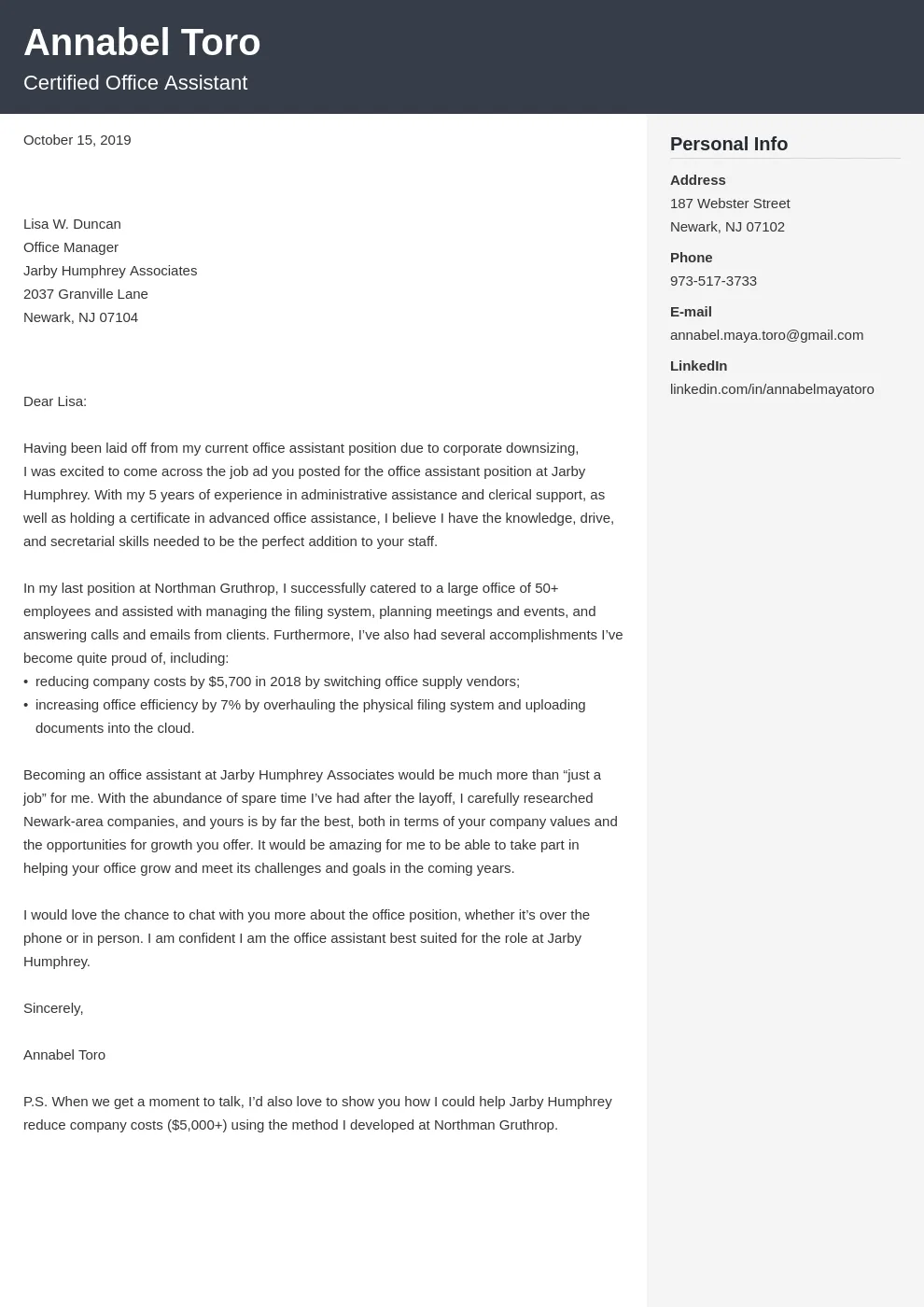
The body paragraphs are the heart of your cover letter. This is where you articulate your skills, experience, and why you’re the perfect candidate. The body typically includes three paragraphs, each serving a specific purpose to provide a detailed explanation of your relevant qualifications. Each paragraph should be clear, concise, and focused on your value to the employer. Use strong action verbs and quantifiable achievements to make your points. The body paragraphs are a chance to connect your skills and achievements to the job’s requirements, making a compelling case for why you should be interviewed.
First Paragraph Grab Attention
Start with a strong opening that grabs the reader’s attention. State the position you’re applying for and how you learned about it (e.g., job board, company website, referral). Immediately convey your enthusiasm for the opportunity. You can briefly summarize your most relevant skills or experiences to create interest. Mentioning the company or role specifically at the start shows your genuine interest. Demonstrate your value by highlighting something impressive that immediately shows your qualifications, drawing the reader in and making them want to know more.
Highlight your Key Skills
In your first paragraph, include a brief overview of your key skills relevant to the job requirements. Match your skills to the job description, emphasizing those that align with the role’s needs. Use keywords from the job posting to show you’ve read the job description and understand what the employer is looking for. Briefly mention your experience in these skills, such as “proficient in project management” or “experienced in customer service”. This sets the stage for a detailed explanation in the following paragraphs and shows you’re a suitable candidate.
Showcase your Achievements

Besides highlighting your skills, you also need to showcase your achievements. Use quantifiable results to demonstrate your contributions, such as “Increased sales by 15%” or “Managed a team of 10 employees.” These concrete examples prove your ability to deliver results and make a lasting impression. When mentioning achievements, use the STAR method (Situation, Task, Action, Result) to provide context and show the impact of your work. Emphasizing your achievements reinforces your value and shows potential employers how you can contribute to their success.
Second Paragraph Tailor to the Job
The second paragraph is about tailoring your letter to the specific job requirements and the company’s values. Provide more detail on your relevant experience and how it aligns with the job. Use the job description as a guide and highlight the skills and qualifications most important to the role. Explain why you’re a good fit for the position by connecting your past experiences to the job responsibilities. Show that you understand the company’s mission, values, and culture by mentioning how your goals align with theirs. This demonstrates your commitment and research into the company.
Explain Why You’re a Good Fit
This paragraph should explain why you are the right person for the job. Describe how your qualifications and skills match the job requirements. Provide concrete examples of how you’ve used your skills to achieve success in past roles. Use strong action verbs to describe your work and show how you’ve met specific challenges. It’s a chance to sell yourself and explain why you’re the best candidate. Explain how your skills and experience make you an ideal match for the role and give the employer confidence in your potential.
Address the Company’s Needs
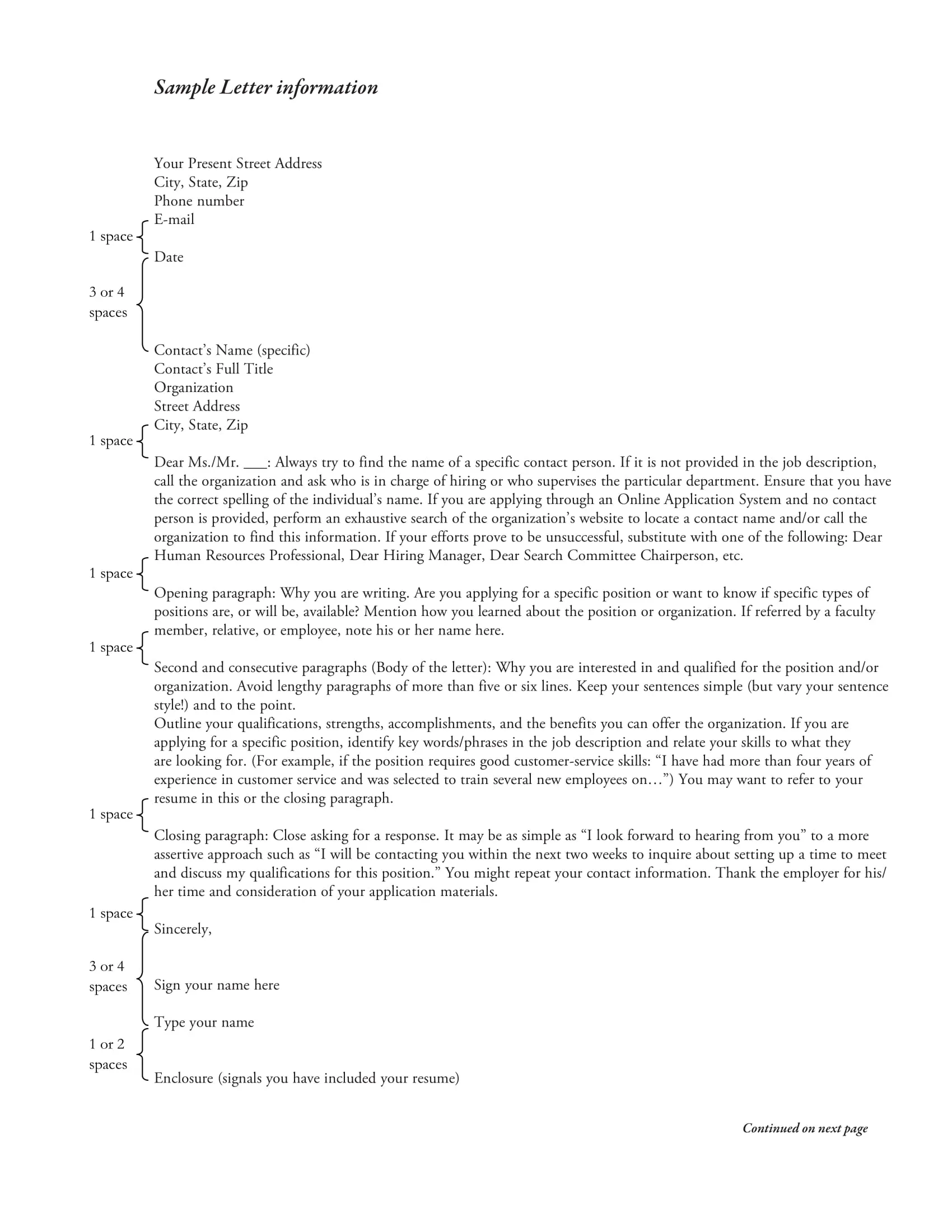
Demonstrate your understanding of the company’s needs and how you can contribute to their goals. Research the company’s mission, values, and recent projects. Highlight how your skills and experience can help them achieve their objectives. Explain how you can solve their problems or contribute to their success. Addressing the company’s needs shows you have researched the company and understand their challenges. It demonstrates your genuine interest and shows you’re thinking about the role. Explain how your background aligns with their values and how you can contribute to their success.
Third Paragraph Call to Action
The third paragraph should include a call to action, encouraging the employer to take the next step. Summarize your interest in the position and reiterate your enthusiasm. This paragraph should also express your appreciation for their time and consideration. End your letter with an invitation for the employer to contact you for an interview or to request additional information. This shows your proactive nature and your eagerness for the next step in the hiring process. Make it clear that you are looking forward to the opportunity to discuss your qualifications further.
Express Enthusiasm and Next Steps
In your third paragraph, express your enthusiasm and reiterate your interest in the position. Let the hiring manager know you’re excited about the opportunity and why. State that you’re eager to discuss your qualifications in more detail. Include a call to action, asking the hiring manager to contact you to schedule an interview or to request further information. Make it easy for them to take the next step. Thank the employer for their time and consideration, showing your gratitude for their attention. End the paragraph positively, making it easy for them to reach out.
Closing Section
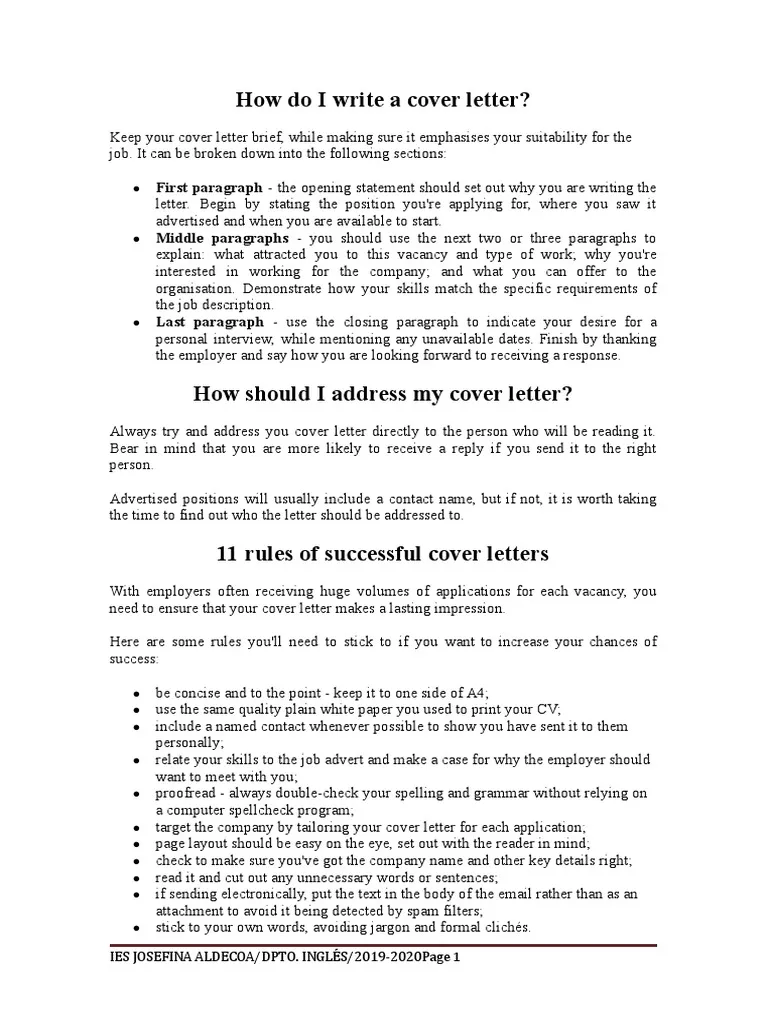
The closing section concludes your cover letter with a professional closing and your signature. Ensure you end on a positive note and leave a lasting impression. The closing is the last thing the hiring manager reads. It’s your last chance to make a favorable impression. Proper formatting in this section demonstrates professionalism and shows you’ve completed your application with care. Choose a closing that is appropriate for the company and the position you’re applying for.
Complimentary Close
Choose a professional complimentary close to end your cover letter. Common options include “Sincerely”, “Best regards”, or “Thank you for your consideration”. Ensure the closing matches the tone of your letter. Avoid overly casual closings, such as “Cheers” or “Best”. Use a closing that conveys respect and professionalism. The complimentary close sets the tone for the rest of your letter and shows respect for the hiring manager’s time.
Signature
If you’re sending a digital cover letter, type your full name below the closing. If you’re sending a printed cover letter, leave space for your handwritten signature above your typed name. Signatures add a personal touch to your application. A handwritten signature shows you’ve invested time and effort. Always ensure your signature is legible. A signature adds a personal touch and further demonstrates your professionalism.
Cover Letter Examples
Reviewing cover letter examples can provide insight and inspiration as you draft your own. This section includes examples for different job levels and career situations, allowing you to adapt your letter to different scenarios. Review these examples to understand various approaches, and customize your letter to fit your circumstances. By reviewing these examples, you will improve the quality and effectiveness of your cover letter. Adapt the examples to suit your situation, creating a cover letter that is a perfect match for your application.
Example for Entry-Level Positions
For entry-level positions, emphasize your relevant skills, education, and any internship or volunteer experience. Highlight your eagerness to learn and contribute to the company. Provide concise examples of projects or tasks where you demonstrated the key skills the job requires. Demonstrate your knowledge, even if it’s from educational experience. Express enthusiasm for the opportunity. Focus on your potential and ability to quickly adapt. Show how your skills will contribute to the company’s success.
Example for Experienced Professionals
Experienced professionals should focus on their career achievements and quantifiable results. Emphasize your track record and show how you’ve added value in past roles. Provide details about specific projects you’ve led and successes you’ve achieved. Demonstrate your leadership skills, problem-solving abilities, and your contributions. Quantify your accomplishments whenever possible, using data to show your impact. This will highlight your qualifications. Mention your expertise and how your skills contribute to the company’s goals.
Example for Career Changers
When changing careers, emphasize transferable skills and experiences from your previous roles. Highlight how your skills and experience align with the new job’s requirements. Explain your reasons for the career change and why you’re interested in the new field. Focus on skills relevant to the new role and show how they are valuable. Connect your experiences, and demonstrate your interest. Be sure to show how you’re ready to contribute to the new role. Show your willingness to learn and adapt to the new industry.
Cover Letter Mistakes to Avoid
To ensure your cover letter shines, avoid common mistakes that can hurt your chances. Addressing these errors can significantly improve the quality of your application and increase your odds of landing an interview. This section will identify common pitfalls and provide strategies to make sure your cover letter strengthens your application. Proofreading your cover letter to avoid mistakes can make all the difference in the outcome of your job search. Carefully avoid these common errors.
Typos and Grammatical Errors
Typos and grammatical errors can damage your credibility. Always proofread your cover letter carefully before submitting it. Have someone else review it for you to catch mistakes. Incorrect grammar and typos make it appear that you are careless. Errors create a negative impression. Use spell-check tools, but don’t rely on them entirely. Read your cover letter aloud to catch awkward phrasing. Thorough proofreading prevents errors and shows professionalism.
Generic Cover Letters
Avoid using a generic cover letter that you send to every job. Tailor each cover letter to the specific job requirements and the company. Research the company and the role. Show that you understand the company’s mission, values, and culture. Personalize your cover letter to reflect your genuine interest. Showing you have taken the time to adapt your cover letter demonstrates your interest. Generic cover letters give the impression you’re not committed, and it can be a reason to be rejected.
Focusing on Yourself Too Much
Balance your focus on your skills and achievements with addressing the employer’s needs. Do not talk about your skills without also talking about the value you bring. Show how you can help the company achieve its goals. Always focus on what you can do for the employer. Highlight your skills and achievements but also explain how they will benefit the employer. This shows you’re thinking about the value you bring to the company.
Using Clichés
Avoid using clichés such as “team player” or “hard worker” because these are overused and lack impact. Instead, provide specific examples. Use descriptive language and focus on your specific experiences. Provide details that illustrate how you demonstrate these qualities. Replace clichés with specific examples of your achievements and skills. Originality helps your cover letter stand out.
Length and Formatting Issues
Keep your cover letter concise and easy to read, ideally fitting on one page. Use a professional font and appropriate formatting. Use clear and well-organized paragraphs. Ensure your formatting is consistent and visually appealing. Pay attention to readability and avoid overly long paragraphs. Keep your letter as concise as possible to demonstrate you understand the value of the recruiter’s time.
